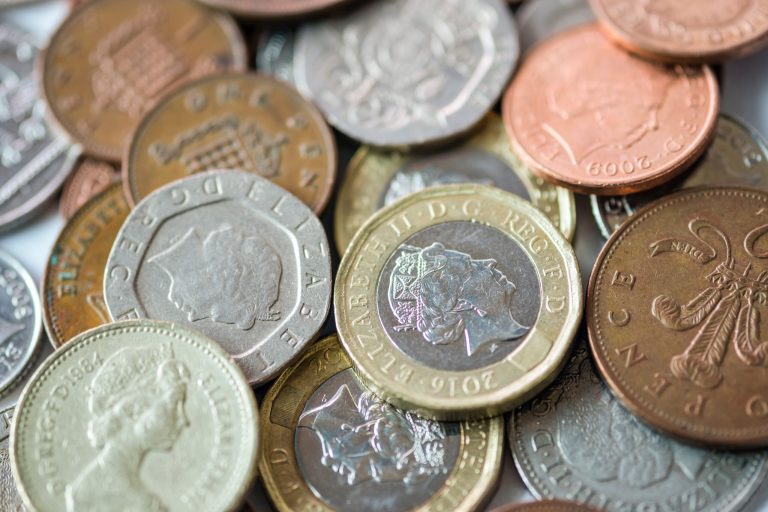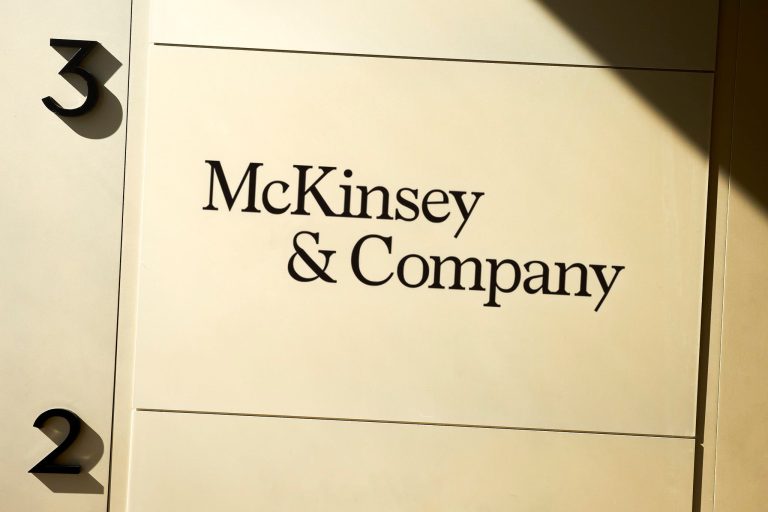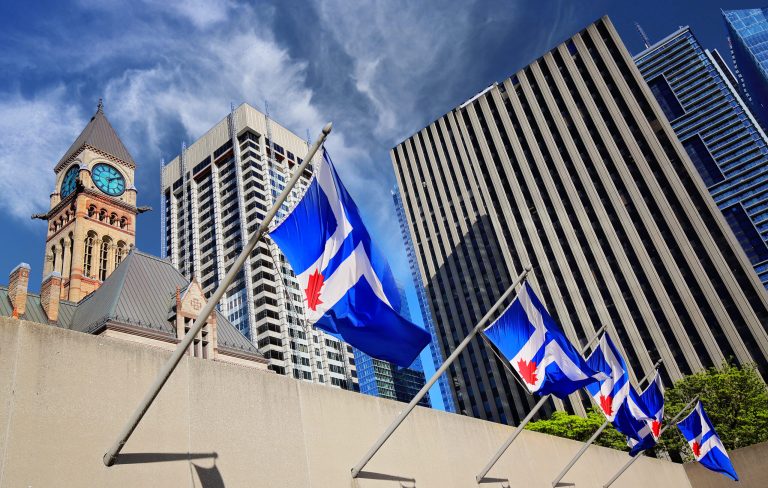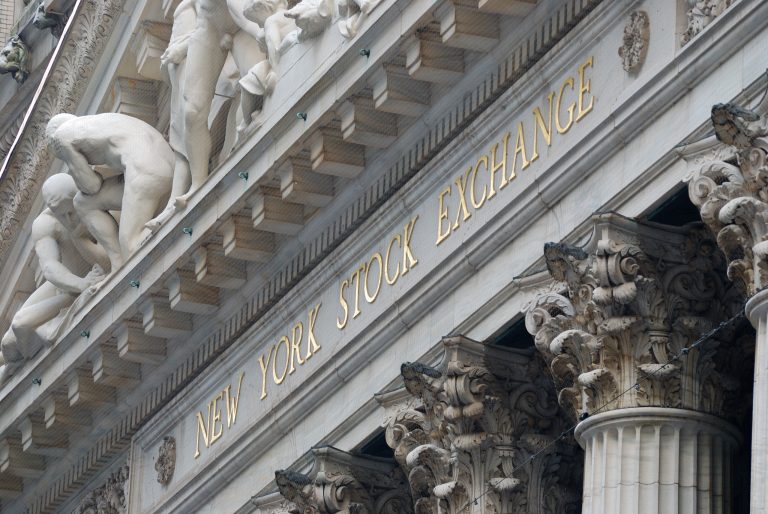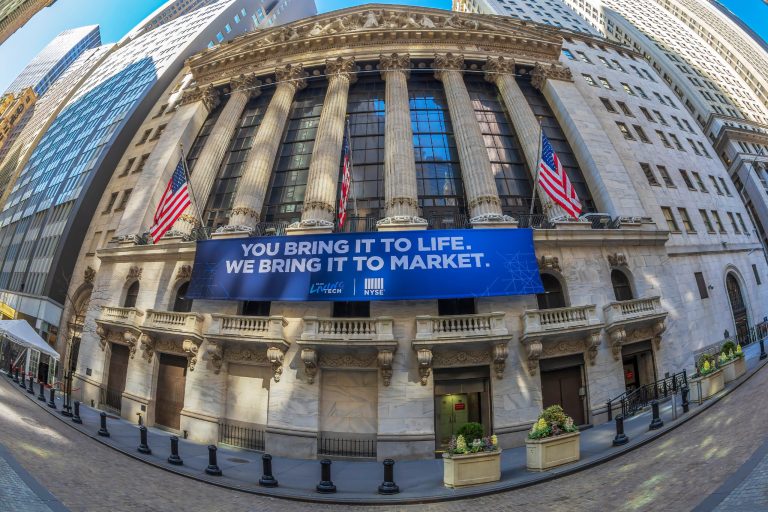Investing in a stock just before the release of its quarterly financial results can be a risky bet.
However, if you identify companies with a history of beating expectations, the dynamics change.
For those with a sufficient risk appetite, such investments may yield healthy returns within days.
Here are two companies scheduled to report their earnings next week, both known for consistently surpassing expectations.
ServiceNow Inc (NYSE: NOW)
ServiceNow has a track record of exceeding quarterly earnings expectations approximately 90% of the time, with its share price typically rising by around 3.5% following financial releases, according to data from Bespoke Investment Group.
The cloud computing company is set to announce its third-quarter results on October 23rd.
Analysts project earnings of $3.46 per share on $2.74 billion in revenue, representing year-over-year increases of 18.5% and 19.8%, respectively.
Michael Turrin, an analyst at Wells Fargo, holds a positive outlook on the stock ahead of NOW’s earnings report.
His overweight rating, coupled with a price target of $1,025, suggests about a 12% upside from the current price.
“We continue to focus on the highest quality businesses with strong platform positioning, balanced growth profiles, and management teams with proven track records. NOW meets all three criteria,” he stated in a research note last week.
Turrin also noted that ServiceNow stock is well-positioned to benefit from AI tailwinds following the recent launch of Xanadu.
Monolithic Power Systems Inc (NASDAQ: MPWR)
Monolithic Power Systems is another stock worth considering ahead of its upcoming earnings release, as it has a history of beating expectations approximately 88% of the time.
The semiconductor stock typically sees an average rise of more than 2.5% on earnings day, according to Bespoke data.
The consensus estimates MPWR will earn $3.04 per share in its third financial quarter, marking a 22.1% increase from $2.49 per share in the same quarter last year.
Oppenheimer analyst Rick Schafer recently added Monolithic Power to his list of top semiconductor picks, citing its potential to benefit significantly from ongoing demand for AI power solutions.
He noted, “There is a largely binary set-up for the group, with leading AI-exposed companies likely to deliver upside results and outlooks, while most others will be roughly in line, reflecting anemic non-AI demand trends.”
Additionally, shares of Monolithic Power Systems currently offer a dividend yield of 0.55%, providing another compelling reason to consider adding it to your portfolio.
Notably, MPWR has turned a $1,000 investment into nearly $24,000 over the past ten years.
The post These two stocks reporting earnings soon typically beat expectations: should you buy? appeared first on Invezz



